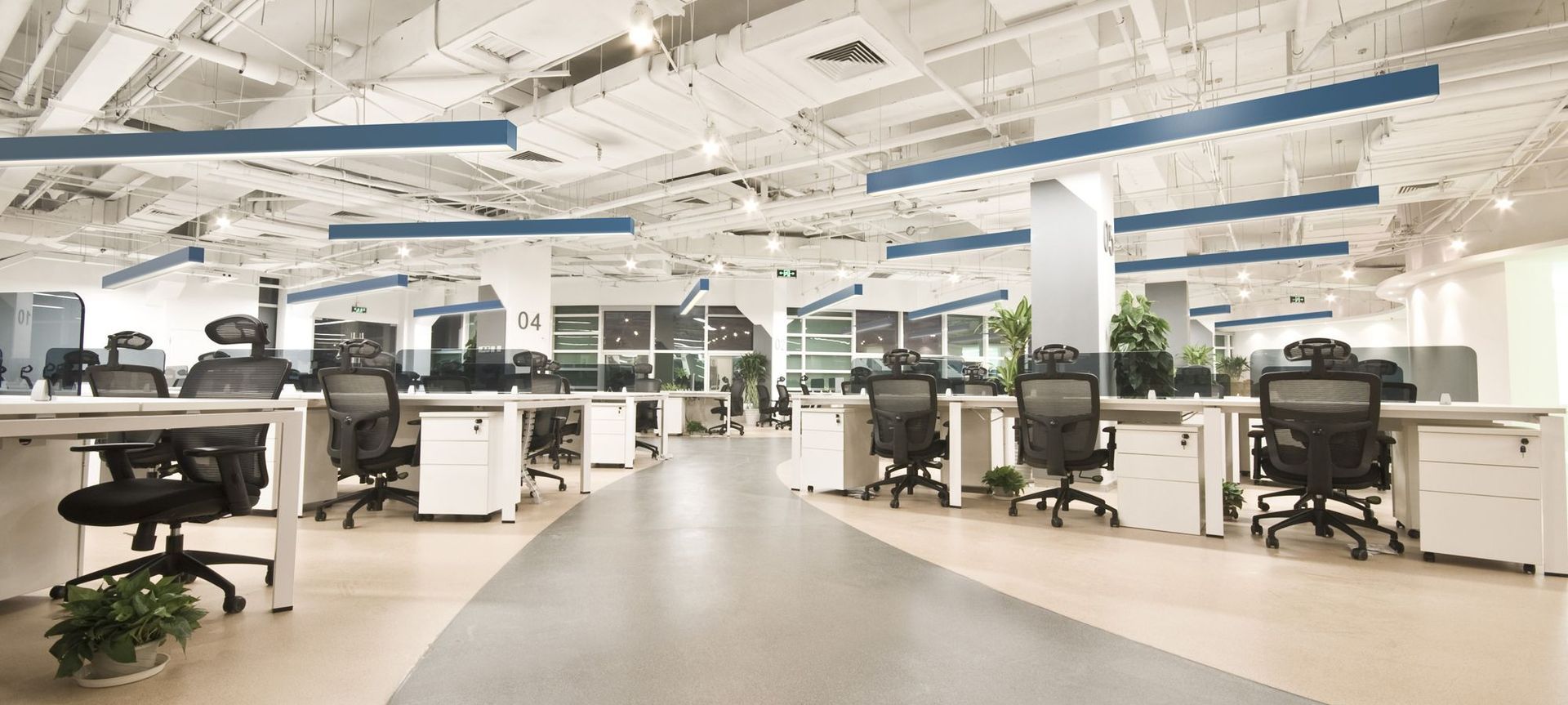LiFi: the future of WiFi
Written by
22 January 2018
•
3 min read

In most homes and commercial spaces, light fittings far outnumber any other devices. Rooms can have scores or hundreds, if it’s a large area, of individual light fittings. It’s this magnitude of presence that has seen the humble LED developed into a data transmitter.
Essentially, this means that WiFi will be surpassed with LiFi, light-based WiFi, particularly in commercial spaces where security is key. As opposed to working the way traditional WiFi networks do by simply creating a radio-based signal that creates a bubble around the router in which the WiFi can be connected to, LiFi is markedly different. “LiFi sees the light fitting itself turned into a data transmitter,” Novii’s Max Borrell says.

“The beauty of LiFi is that it is a completely secure network in that even a person in the next room can’t access it,” Max says. “LiFi is only available in the direct area where light from the fitting is being transmitted, which makes it ideal for situations where security is paramount such as banks or security companies.”
LiFi works because an LED is able to turn on and off around a million times a second, changes that are imperceptible to the human eye, but are picked up by smart devices. This allows the LED itself to become an imperceptible data transmitter. “In this way we are able to transfer data through the transmittance of light.”
It’s futuristic technology but it’s quickly gaining traction globally, especially in commercial settings. “We’re a bit behind in New Zealand and this is not a technology that is available here yet, but we are currently developing it and will bring it to the market at an affordable price,” Max says.
But LiFi isn’t the only cutting edge development in LED technology at the moment. Already, the global market is taking to algorithmic wirelessly connected lighting systems – another technology that Novii is working on further introducing to the New Zealand market in the coming years. At the moment, it remains a technology at the highest end of the market due to its recent emergence but that, according to Max, will change rapidly.
“Previous lighting systems required manual wiring of the luminaires to a centralised control system. Luminaires are then commissioned to behave according to the environment they are placed in. This method requires huge amounts of manual labour while needing recommissioning every time the lighting application changes.

“This new technology, instead, uses wireless meshed data communication in conjunction with an algorithm to reduce power, monitor movement and intelligently optimise light levels. The major sea change here is the inherent plug and play nature of the system. No commissioning is required: an electrician installs the fitting and the lighting system does the rest. Over time, the system learns how to optimise itself based on the movement and actions of people in the space. Each fitting communications to the one next to it, propagating a decentralised lighting system that is resilient, secure and ultimately far more intelligent than previous lighting systems.” Max says
Novii specialises in lighting design and pushing the boundaries of what’s possible. In essence, they’re more of a technology company than a lighting one, focusing on the development of cutting-edge emergent technology and bringing it to the New Zealand market.
Get in touch with Novii on ArchiPro here to see what you could achieve with the latest futuristic technology.
